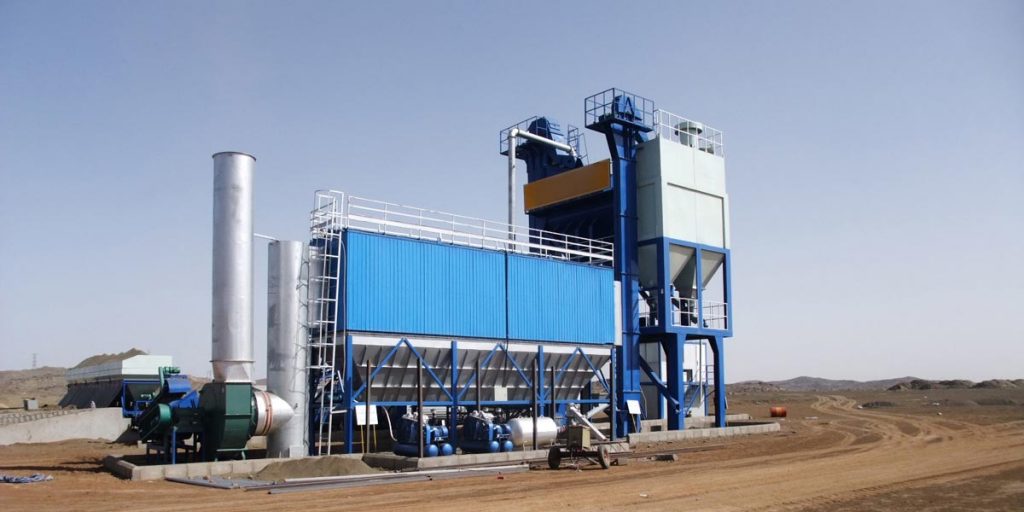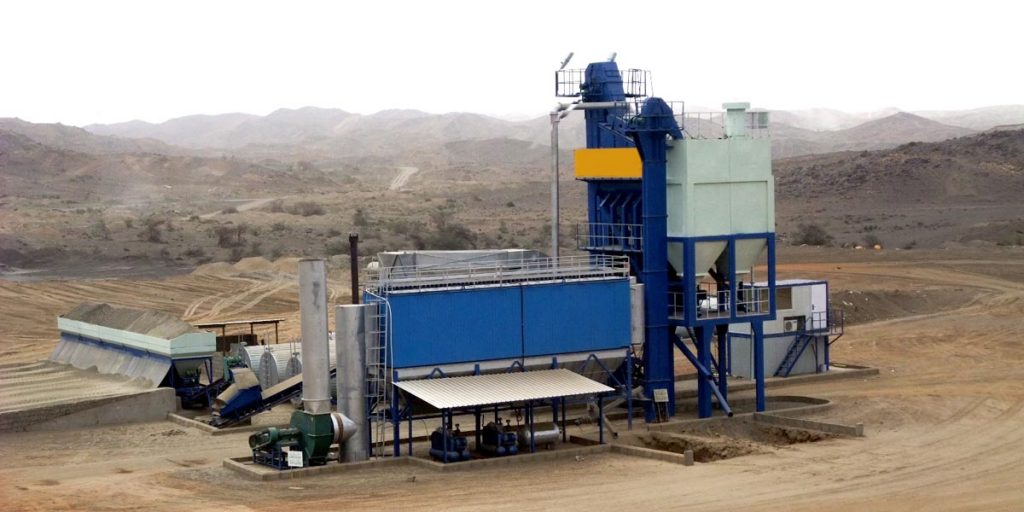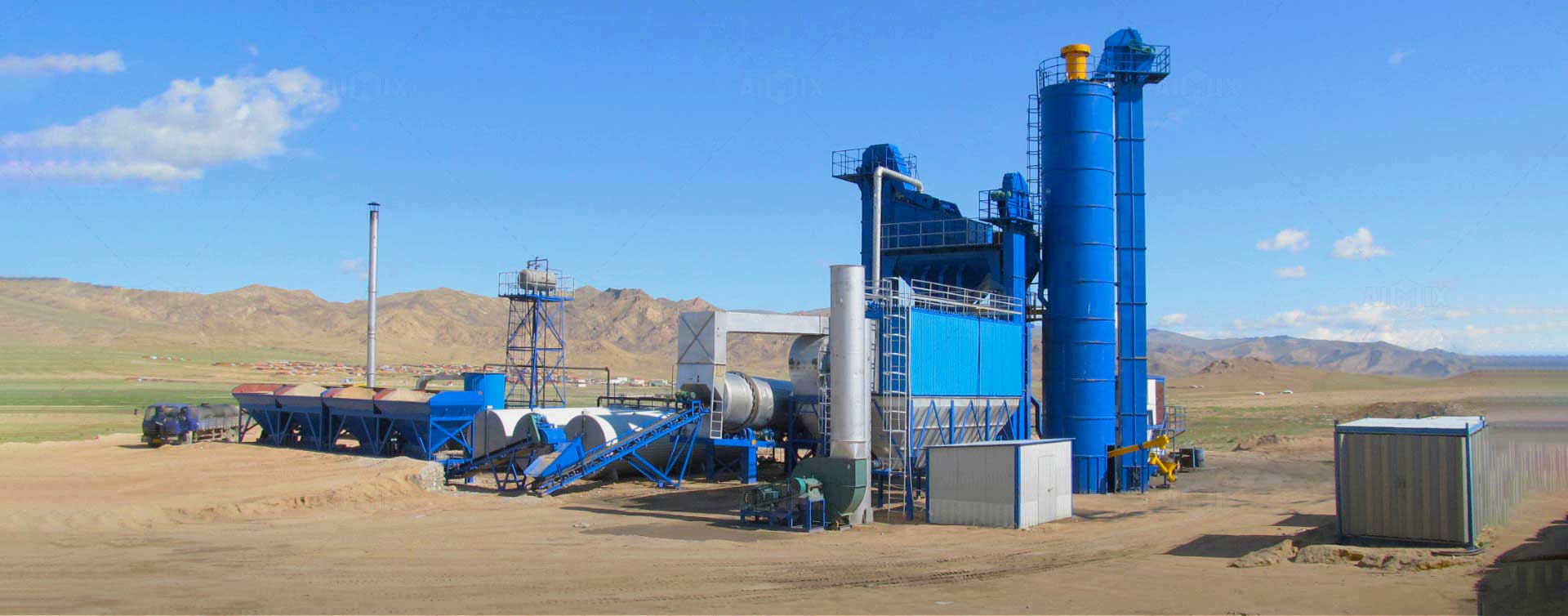The mixing along with laying of a material known as bitumen for pavements and roads is undertaken with the use of different plant types. The bitumen mixing plant for sale are either small and mobile units or a permanent plant installation. These plants operate a comprehensive set of operations which includes drying, aggregate heating, onto coating the mixture with a binder. The last step of the process is delivering the materials before they are laid.
• Drying Units
This part of the system features a rotating long cylindrical drum which is internally heated with hot gases where the aggregate passes through. This ensures that the materials are properly dry before they are coated using a binder.
• Batch-Mixing Plants
This is made up of a number of individual sections which includes an aggregate feeder, binder heater, drier unit, mechanical mixer, and weighing plant.
• Mixing Units
This is a type of paddle-mixer which ensures that the mix is thorough over the shortest time frame. Learn more plant details on our web page: https://aimixasphaltplant.com/.

The Function And Use Of The Bitumen Mixing Plant
What You Need To Know About Asphalt
Asphalt is a dark brown or black adhesive substrate which contains bitumen which is the main constituent. Asphalts are complex materials which contain both unsaturated and saturated compounds. The composition will differ according to the characteristics of crude oil. Asphalt typically includes 10% hydrogen, 80% carbon, 6% sulfur and very small amounts of oxygen and nitrogen.
Bitumen is the expression that is used for natural or manufactured substances which exist as either viscous, semi-solids, or solid materials. Bitumen which naturally occurs is obtained from the processing of a material known as petroleum. Asphalt is used so extensively due to its exceptional properties when it comes to its binding capabilities and water resistance. The strength and hardness of the surfaces of roads are directly impacted by the capability of the asphalt to bind aggregates of stone and sand together.
The main components of a bitumen mixing plant include:
• The aggregate feeder that regulates the aggregate flow
• The Vibratory Screen which removes unnecessary and oversized materials out of the feeder
• The conveyor which receives the aggregate and feeds these materials into the dryer
• Burner
• Mixing and Drying drum where the mixing of bitumen and asphalt is arranged
• The Asphalt Tank which is insulated to achieve heat control
• Mineral Filler that feeds minerals into the drum
• Control Panel which is used to manage production quality and quantity
• Fuel tank
• Pollution-control mechanism

The Operation Of The Bitumen and Asphalt Mixing Plant
The asphalt and bitumen ingredients are constantly fed to a rotating drum which delivers a consistent production of a hot-mix. The main elements of the mix include mineral fillers, asphalt, and aggregates. These aggregates are transported by a conveyor into a feeder bin and then into a rotary drum. The burner is used to remove any moisture from the mix and to heat the hot-mix to a desirable temperature.
The hot-mix is then coated and mixed with filler materials and asphalt. This mixture is then transferred from a drum into vehicles using a loading conveyor. Any dust is collected by a dust collector where it is moved into a pollution-control unit before it is allowed to escape into the surrounding environment.
